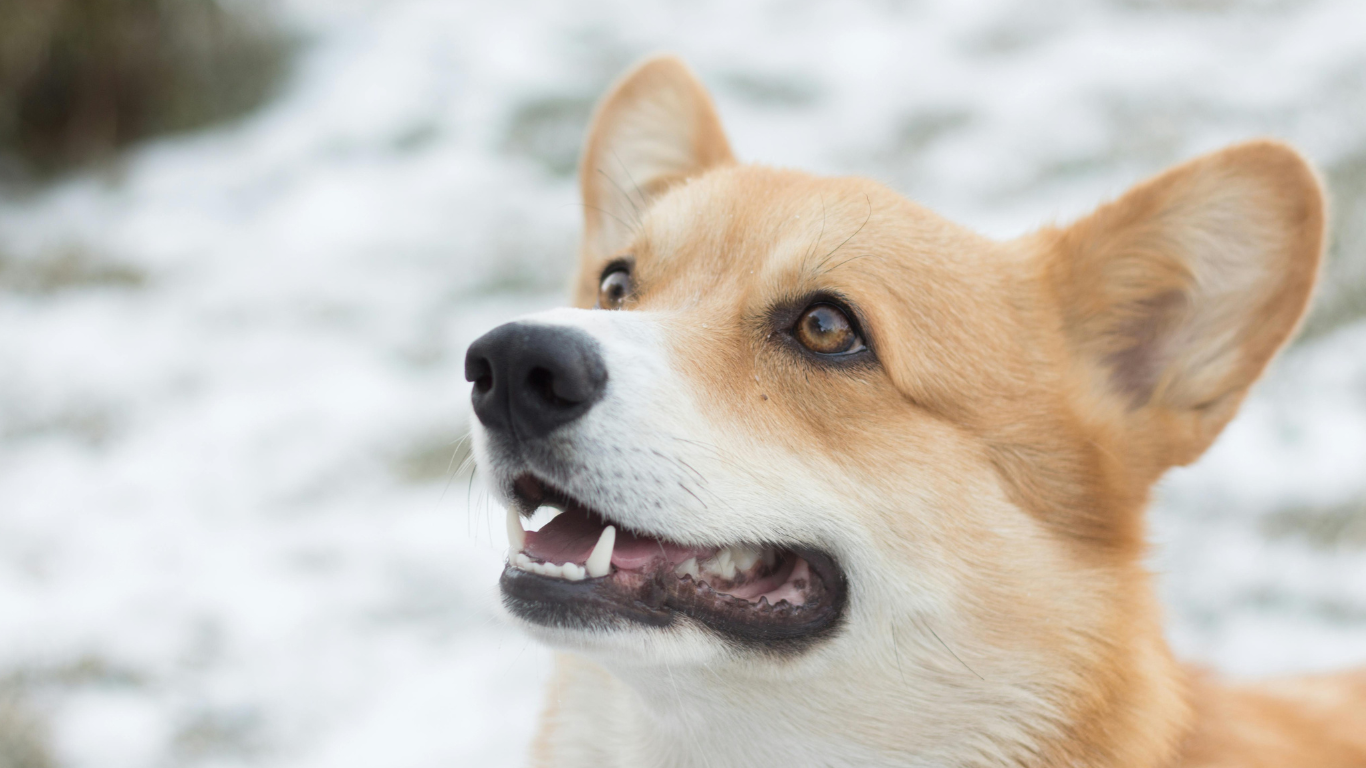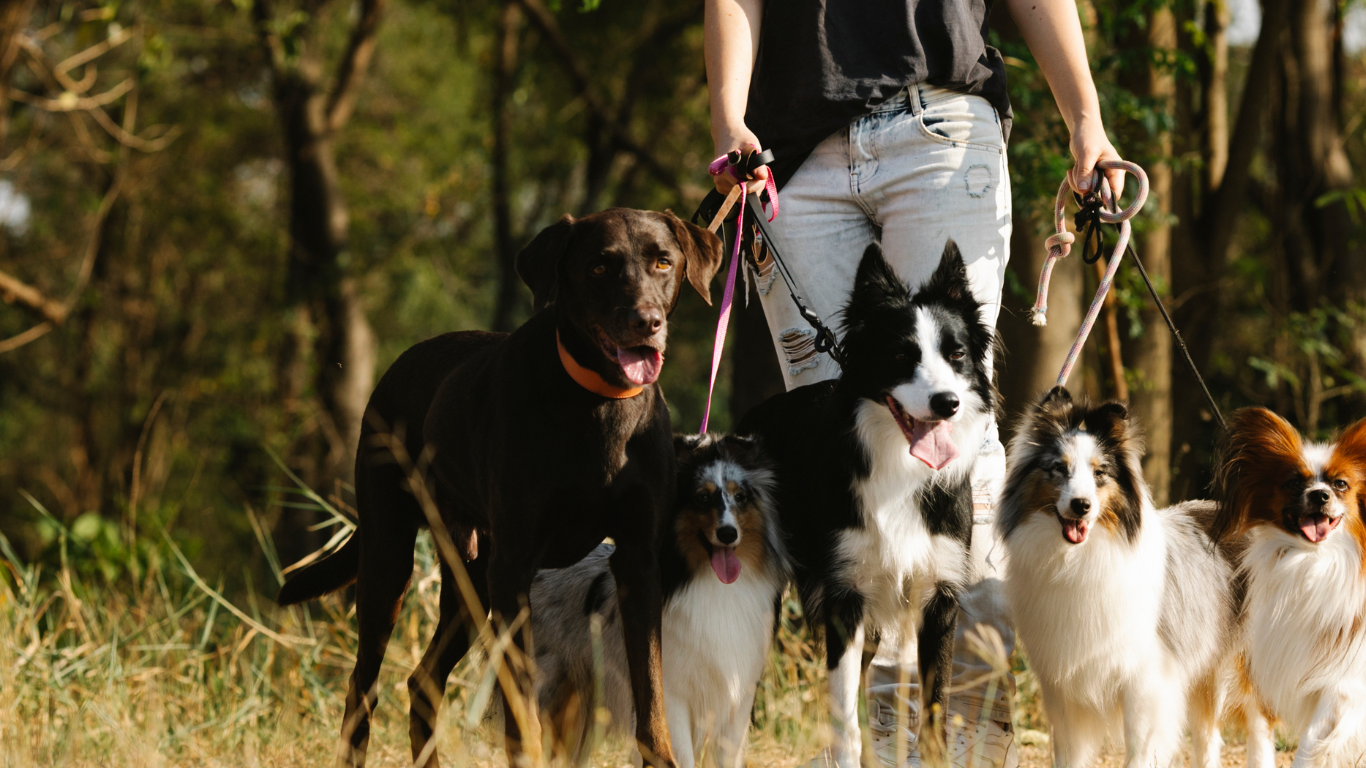Dog eye health issues and learn effective solutions to treat and prevent vision problems in your furry companion. Keep your dog’s eyes healthy. Pet owners want the best for their pets, which involves attending to their health in all spheres—physical, psychological, and emotional.
Dog health is sometimes disregarded, but a vital component is their eye care. Dogs, like people, can have a variety of ocular issues; some of these disorders might even cause eyesight loss if not appropriately treated.

Every dog owner has to be aware of the main eye health concerns in their animals, how to identify them, and the remedies accessible to solve these issues. This all-inclusive resource looks at common canine eye problems, preventative advice, and workable remedies for preserving the best eye condition for your animal friend.
What Typical Problems Affect Dog Eye Health?
The eyes are fragile organs; hence, even little problems can cause discomfort, agony, or major health problems if not addressed quickly. Every pet owner should be aware of the following most often occurring dog eye health problems:
1. Pink eye or conjunctivitis?
Among the most often occurring ocular disorders in dogs is conjunctivitis. It starts when the conjunctiva—the thin tissue covering the front of the eye—becomes swollen. Infections, allergies, or irritants like smoke or dust can all aggravate this inflammation.
Redness in the eye, too much discharge—clear, yellow, or green, squinting, and pawing at the eye. Treatment: Should the source be bacterial, your veterinarian will recommend ointment or antibiotic eye drops. Antihistamines could be advised in allergic conjunctivitis.
2. Keratoconjunctivitis Sicca, Dog eye Health
When tear glands create insufficient moisture to moisten the eyes, dry eye results. If ignored, this disorder can cause pain, inflammation, and even visual issues. Symptoms include red, itchy eyes; thick mucus discharge; excessive blinking; and dim or cloud-like eyes.
Medications meant to induce tear generation include cyclosporine eye drops. Severe cases could call for surgery to produce a permanent tear duct to supply moisture.
3. Cataracts:
Cloudy patches forming in a dog’s eye lens that compromise their clear seeing ability are cataracts. Older dogs are more likely to get cataracts, which, if untreated, might finally cause blindness.
Symptoms include changes in behavior (such as bumping into items), trouble seeing in low light, and watery eyes—cloudy or opaque.
Treatment: Cataracts can be effectively treated with surgery. It entails taking out the misty lens and substituting an artificial one.
4. Glaucoma
Glaucoma results from a rise in the pressure inside a dog’s eye damaging the optic nerve. If not controlled correctly, this disorder can cause blindness and great suffering.
Redness, squinting, a bulging eyeball, too many tears, and dilated pupils define the symptoms. Treatment for glaucoma is frequently with drugs meant to reduce intraocular pressure. Sometimes, the pressure must be released or the afflicted eye must be removed by surgery.
5. Ulcers in the cornea
A corneal ulcer is a painful disorder wherein the surface of the cornea—the transparent outer layer of the eye—becomes damaged. Injury, infection, or some underlying illness can all lead to it.
Symptoms include red eye, discharge, too much weeping, squinting, and, occasionally, obvious ocular cloudiness. Treatment usually consists of antibacterial eye treatments, painkillers, and occasionally surgical correction of the damage.
6. Retinal Problems
Dogs’ ability to see comes from the light-sensitive portion of their eye called the retina. Progressive retinal atrophy (PRA), among other retinal diseases, can cause slow vision loss and finally blindness. Some breeds are more likely to have PRA.
Night blindness, dilated pupils, and object focus difficulties define the symptoms.
Retinal illnesses are very often degenerative, and although there is no cure, early identification can help control the problem and slow down its progression.
7. Problems with eyelids
Among the several eyelid problems dogs might have are ectropion—where the eyelids roll outward—or entropion—where the eyelids slide inward. If not treated, these disorders can irritate the eyes and aggravate more issues.
Redness, too many tears, squinting, or the look of the eyelids either inside or outward define symptoms.
Usually, surgery is necessary to fix eyelid alignment and avoid discomfort.
Avoiding Dog Eye Health Issues
Better than treatment is prevention. Although some canine eye disorders could be inherited or inevitable, there are numerous things you can do to lower your dog’s chance of eye problems:
Routine veterinary visits are vital for the early identification of eye problems. Your veterinarian will check the eyes of your dog and take care of any possible issues before they become major.
Watch your dog for any changes in its eyes—such as squinting, redness, or too many tears. Early identification of any problems will help make treatment far more successful.
Good Treatments for Dog Eye Health
Once an eye condition is identified, it’s imperative to get veterinarian advice and follow advised remedies. Your veterinarian can suggest these typical remedies for addressing dog eye problems:
Veterinarians prescribe medications for eye ailments like dry eye, irritation, or infections. Surgery may be necessary for cataracts, glaucoma, or eyelid problems, while laser treatment may be used for glaucoma or retinal issues.
Alternative therapies: Though their efficacy varies, some holistic treatments—such as acupuncture—may be advised as supplements to conventional therapy.
Conclusion: Dog Eye Health
The general well-being of your dog depends critically on maintaining proper dog eye health. Your dog’s vision will be preserved, and their long, healthy life will be guaranteed by knowing the typical indicators of eye issues and seeking quick treatment.Many canine eye problems can be avoided and treated with regular veterinary visits, correct grooming, and early intervention.
Remember, many eye diseases can be controlled or avoided with appropriate care, even if some are inevitable from aging or genes. Keeping informed and proactive about your dog’s eye health will help you to ensure that its eyes remain brilliant and clear for many years to come.
FAQ: Dog Eye Health
1. How can I find out if my dog has eye issues?
Search for symptoms like redness, excessive tearing, squinting, pawing at the eyes, or changes in behavior like item bumping. A veterinarian should review any obvious changes in your dog’s eyes.
2. Which two breeds are more likely to have eye issues?
Dogs with longer fur or eye-catching eyes, such as Poodles, Shih Tzus, and Bulldogs, are more likely to have eye issues. Additionally, certain breeds are predisposed genetically to conditions like cataracts or retinal diseases.
3. Are human eye drops safe to use on dogs?
Human eye drops may contain ingredients that are harmful to dogs, don’t they? Give your pet eye medications that have been approved by a veterinarian.
4. Should my dog have cloudiness in their eye, what should I do?
Conditions ranging from cataracts to eye infections might be indicated by cloudiness in the eyes. Plan a veterinarian appointment to ascertain the source and go over the best course of action.
5. Is there any natural cure for dog eye problems?
Although some home therapies could ease symptoms, veterinarian therapy should not be replaced by them.

